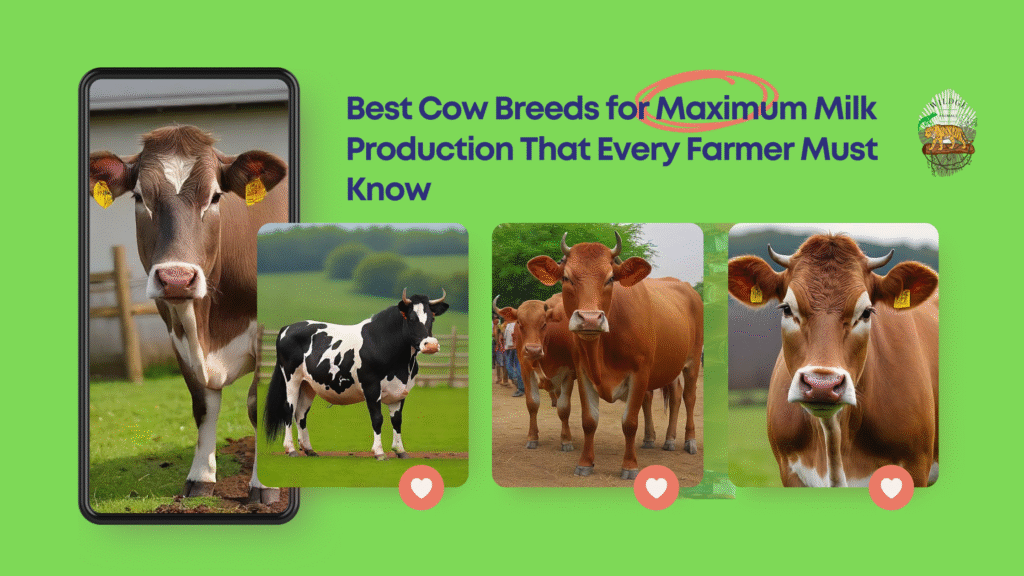Table of Contents
Introduction: Why Choosing the Right Cow Breed Matters
When conducting business in dairy farming, everything begins with the right or wrong choice of cattle. The pressure to produce more milk and to do so at the lowest cost of production in a context of increased demand for milk and milk products places farmers under pressure to control costs of milk production and herd health at the same time as producers struggle to maximize milk productivity. The productivity, profitability, and feasibility of your farm depend on the type of breed of cow you decide to have.
The divergence among various breeds is enormous in literally all aspects of milk production, nutrition use, climatic sturdiness, and milk composition.
Learning the most proficient cow breeds that can be utilized in milking may be vital in providing you with a competitive advantage in case you are a large commercial dairy farmer or a small rural outfit.
This guide takes a look at the most successful dairy breeds across the globe and India- those that perform well in terms of milk yield as well as being versatile and able to perform under different climates and provide good returns on the investment made in them. When looking to enhance your dairy operation, the following cow breeds are the finest breeds to consider by every farmer.
Key Factors That Define the Best Cow Breeds for Milk Production
With the breeds of cows out there that you can choose to take to your farm, it is essential to be aware of the qualities that would make a breed an apt one to be part of dairy success. Even high-yielding cows are not perfect in every environment and with every budget. These are the major things to take into consideration:
Daily Average Milk Yield and Lactation Cycle
The quality cow breeds deliver a high yield of milk in a good lactating period. Having high milk yield on a daily basis is a major driving selection factor, particularly among commercial dairy operations.
Feed Efficiency and Maintenance Cost
Certain breeds utilize feed in dairy production more effectively, further cutting down on operation expenses. Breeds that consume less feed and produce more are welcomed in a farm that wants to gain high profitability.
Disease Resistance and Climate Adaptability
You should pick a breed that is used to your local climate and resistant to the most common illnesses, to reduce veterinary expenses and herd deaths. Cross and indigenous cows usually have an advantage under harsh or tropical conditions.
Temperament and Ease of Handling
A steady, relaxed cow is less dangerous to farmworkers and also becomes easier to milk. There are certain breeds of cattle that are known to be gentle and are sought after in small farms or in family-managed dairy farms.
1. Holstein Friesian – The World Champion of Milk Production
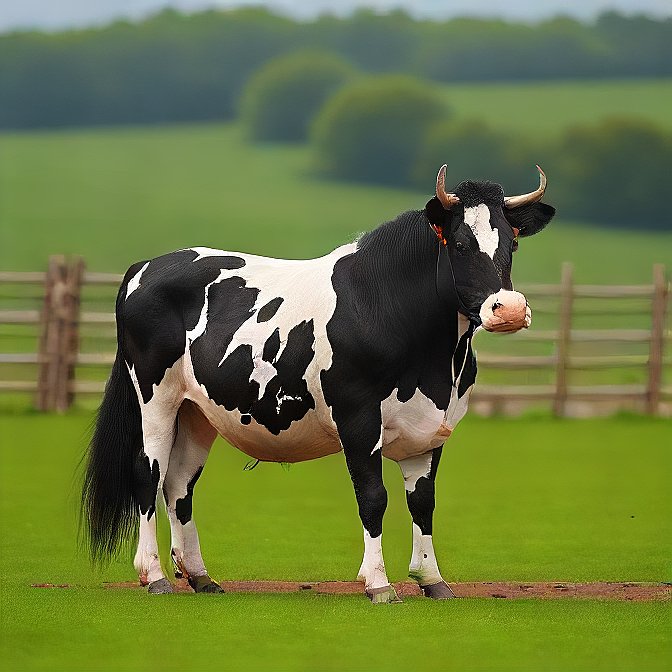
The Holstein Friesian is by far the best cow breed in the whole world as regards pure output.
Origin and Popularity Worldwide
This breed was developed in the Netherlands and is now the most widespread dairy breed in countries such as the U.S., Canada, Europe, etc.
Average Milk Yield
Holstein Friesians are able to yield 22-28 liters of milk per day, and some super cows do more than 30+ liters of milk due to good care.
Best For:
Commercial dairies with large needs and a desire to spend money on food, shelter, and health surveillance. They are low-heat tolerance plants and thus, they are better in cooler or controlled climates.
2. Jersey – High Butterfat Milk in a Compact Frame
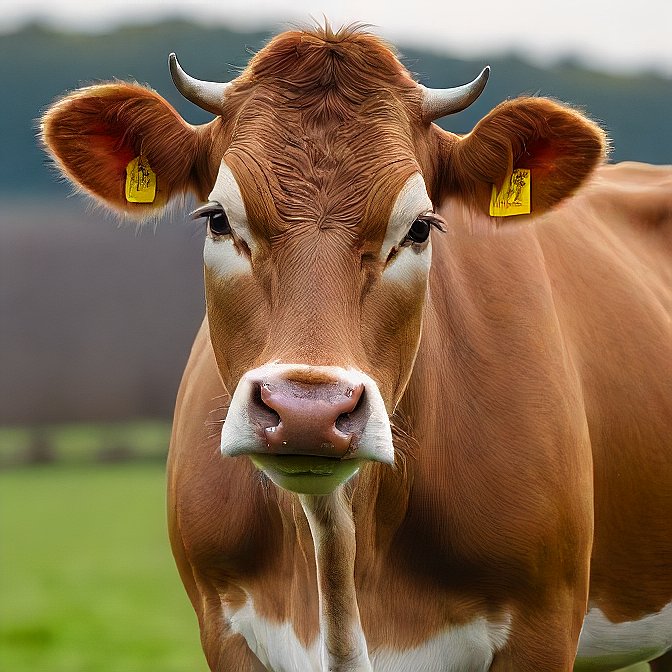
Jerseys form some of the best breeds of cows that farmers rely on for quality milk, and lesser maintenance may consider.
Milk Quality vs. Quantity
Although average daily yield is 15-20 liters, Jersey cows have high levels of butterfat in their milk, which renders them optimal in the production of cheese, butter, and cream.
Heat Tolerance and Feed Efficiency
Jerseys are cost effective and eco-friendly because they consume less feed and adjust to a hot climate easily.
Best For:
The small and medium dairy farms that are interested in high-quality milk with affordable input costs.
Check Out: Best Dog Breeds for Families: Find Your Perfect Match.
3. Sahiwal – The Best Indigenous Dairy Breed in South Asia
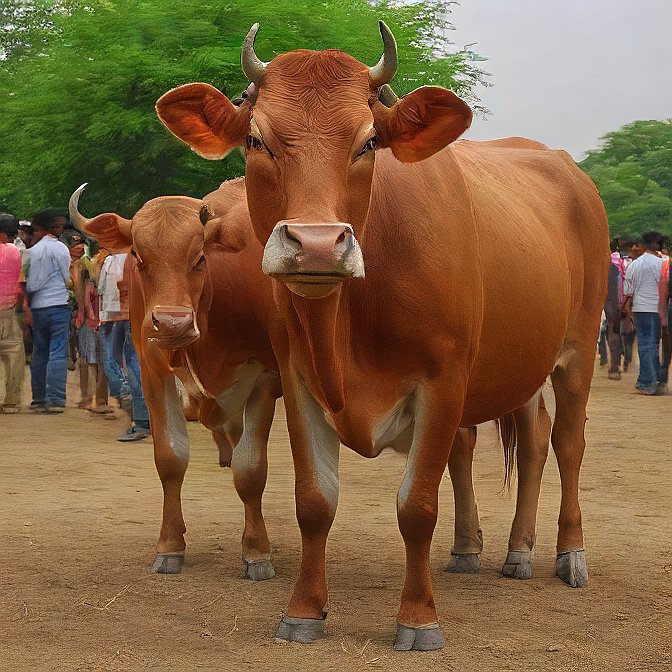
Sahiwal is widely recognized as one of the best cow breeds native to South Asia, especially for tropical and rural conditions.
High Yield and Adaptability
The average milk produced by Sahiwal cows is 1218 liters per cow per day, and in a well-managed farm, the usual yield. Their natural resistance to heat and diseases, as well as damp regions, has proved to be constant.
Crossbreeding Potential
Sahiwal genetics are often used to improve local breeds, boosting both milk yield and hardiness.
Best For:
Farmers in South Asia or similar climates are looking for long-term performance with minimal health interventions.
4. Brown Swiss – The Durable and Dual-Purpose Producer
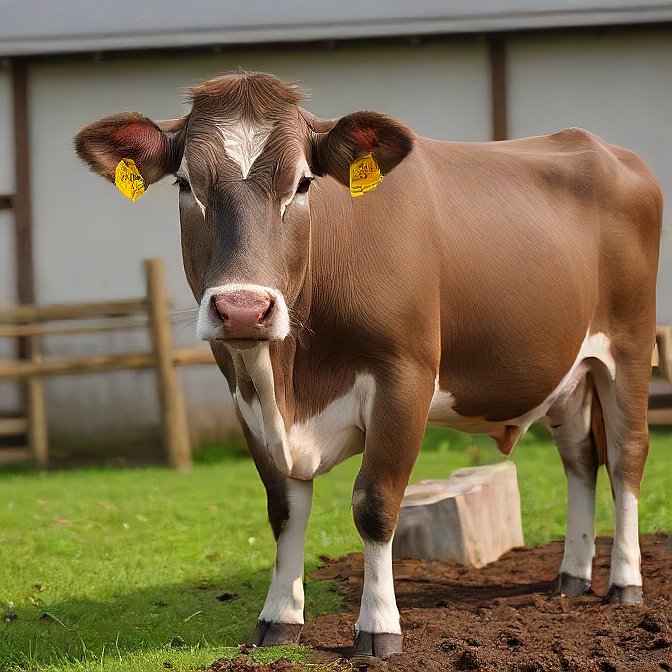
The Brown Swiss is a long lived cow that produces high amounts of milk, and is thus one of the best cows to use as a dual purpose( milk and draft use ) animal.
Balanced Milk and Temperament
This breed yields 20-25 liters of milk per day, and as strong components, protein and butterfat are attributed to it. It is circular in shape and is also quite mellow in its nature, and well constructed.
Climate Versatility
The brown Swiss cows prepare readily for hilly areas or cooler climates; thus, they are a good go-to breed in hilly areas or farms with unpredictable weather.
Best For:
The farmers who are interested in a breed that has longevity and productive capability and can withstand moderate situations, with a steady supply.
5. Gir – The Pride of Gujarat with Proven Milk Potential
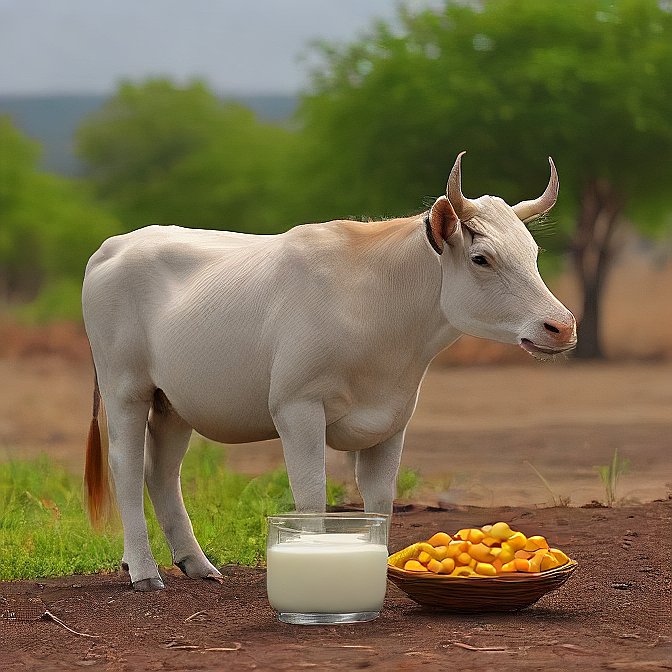
The Gir Cow is one of the best cow breeds in India, and most of all for resilient and organic dairy farming.
Strong Immunity and Low Maintenance
With their natural disease resistance and minimal upkeep needs, Gir cows are ideal for low-input dairy farms.
Impressive Milk Yield
The Gir cow is among the highest producers of milk in the indigenous cows with a capacity of producing 1016 liters per day..
Best For:
Farmers are looking for A2 milk, sustainable farming, or desi breeds that thrive in Indian climatic conditions.
6. Red Sindhi – A Hardy Performer in Hot Climates
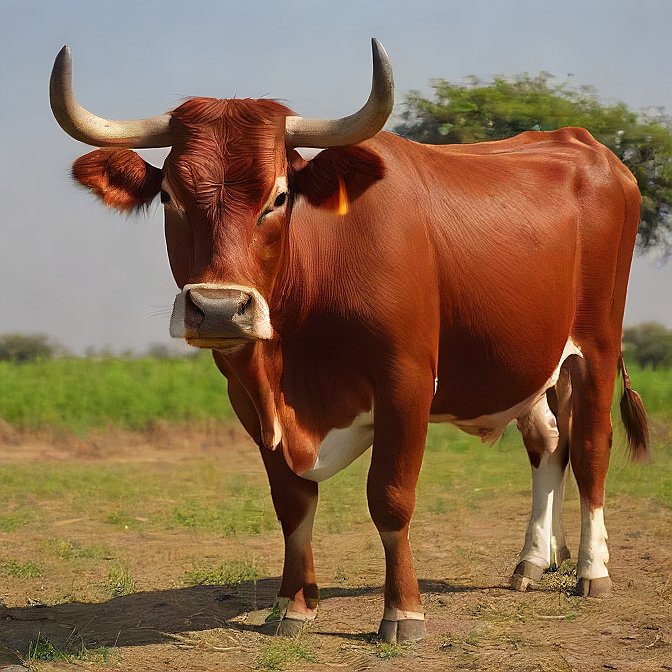
Moderate Output, Rich Milk
Red Sindhi cows yield 8-12 liters of milk per day, the milk contains a high amount of butter that would be used to create ghee and other dairy products that were popular in the traditions of India.
Climate Adaptability
Their heat resistance and hard hooves make them perfect for dry, rural settings.
Best For:
Smallholder farms and those practicing mixed farming in hot climates.
7. Norwegian Red – The Rising Star in Hybrid Dairy Systems
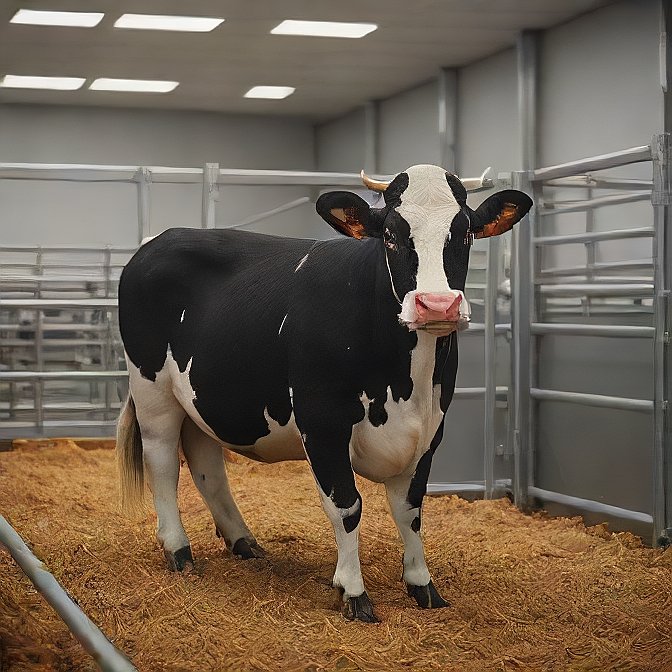
Norwegian red is becoming increasingly popular in many parts of the world as one of the best cow breeds to be used in commercial cross breeding and modern dairy farms.
High Fertility and Feed Efficiency
This breed is known to have good genetics, and this results in good reproduction rates and conversion of feed to milk.
Crossbreeding Potential
Often used to improve local or Holstein herds, especially where disease resistance and udder health are priorities.
Best For:
Progressive dairy farms seek long-term productivity and hybrid vigor.
8. Ayrshire – Efficient Milk Producer with Strong Legs

The Ayrshire originated in Scotland, and it is considered one of the finest breeds of cows as its production is physiologically balanced and physical.
Adaptability and Performance
It produces between 18 to 22 liters of milk per day, and it is flexible to various climatic conditions-temperate and cold regions, etc.
High-Quality Milk
The yield of 18-22 liters of milk per day is well adapted to different climatic conditions, and not only to the temperate zone, but also to the cold one.
Best For:
Dairy farms are aiming for consistent lactation and durable, long-lasting cows.
9. Rathi – The Underrated Indian Breed for Rural Dairies

Native to Rajasthan, Rathi deserves a spot among the best cow breeds for small-scale and rural dairy farming in India.
Arid Zone Champion
The breed is adapted to the hot and dry regions, and even in adverse conditions, this breed is productive.
Low Cost, High Value
Rathi cows yield 8–12 liters of milk per day, with minimal feeding costs and good longevity.
Best For:
Budget-conscious farmers who want a durable, low-maintenance Indian breed.
Conclusion
The possibility of selecting the most advantageous cow breeds to use in milk production is a very big decision that will affect everything, starting with the daily amount of money received, up to the overall profit. Being global champions such as Holstein Friesian, Jersey, to sturdy Indian breeds such as Gir, Sahiwal, and Rathi, they all have their own prowess to come up with.
This should be successful by matching your choice of breed to the conditions in your farm, the resources you have at your disposal, and your approach to the milk market. You do not have to rush in; check with local veterinarians, regional breeders, and agricultural professionals prior to investing.
When you have the right breed and take care of them, your dairy business will last even after years.
For more info: Click Here.
FAQs: Farmer Questions About the Best Cow Breeds
1. What is the production of milk per day of the cow breed?
Holstein Friesian is the best dairy breed in the world that yields up to 25-30 liters of milk a day under favorable conditions.
2. Which is the most suitable breed of cows in dairy farming on a small scale?
Jersey and Sahiwal are suitable for small farms. They consume less food, give good milk production, and are adaptable to different environments.
3. Are native breeds hot climate?
Yes, Gir, Red Sindhi, Rathi, and Sahiwal are among the breeds that are inherently suited to heat and humidity, and hence they work well in the tropical areas and require the least input.

